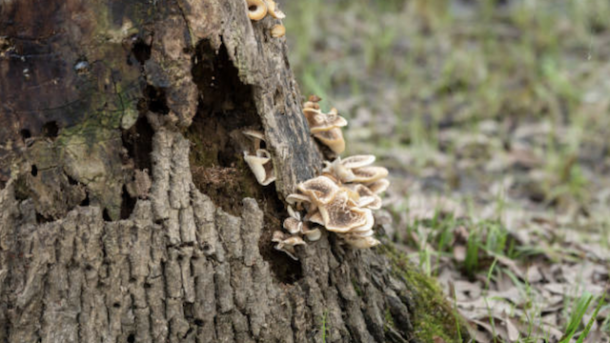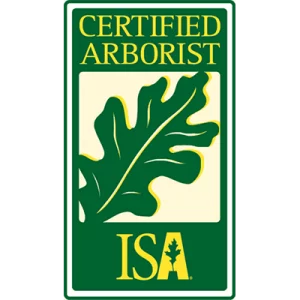Tree rot, also known as wood decay or rotting wood, is a natural process that occurs when fungi or bacteria break down the wood of a tree. Tree rot can weaken the tree’s structural integrity and make it more susceptible to damage or collapse.
What Causes Tree Rot?
There are several factors that can contribute to the development of tree rot, including:
Poor Tree Health: Trees that are already weakened due to poor growing conditions, pests, or disease are more susceptible to rot.
Physical Damage: Physical damage to the tree, such as wounds or pruning cuts, can create entry points for fungi and bacteria to enter and infect the tree.
Water Damage: Overwatering or poor drainage can lead to excessive moisture in the tree, creating a suitable environment for fungi and bacteria to grow.
Environmental Stress: Drought, extreme temperatures, or other environmental stressors can weaken the tree and make it more susceptible to rot.
Fungal Spores: Fungal spores are always present in the environment, and if they find a suitable host and environmental conditions, they can infect the tree and cause rot.
Insects and Pests: Some insects and pests can damage the tree’s bark or wood, creating entry points for fungi and bacteria to infect the tree.
What Are Signs of Tree Rot?
Here are some common signs of tree rot that you should look out for:
Mushrooms or Fungal Growth: Mushrooms or other types of fungi growing on or near the tree can be a sign of rot. These fungi can indicate that the tree is breaking down organic matter and decaying.
Soft or Spongy Bark: If the bark of the tree feels soft or spongy to the touch, it may be a sign of decay. This can occur as the rot progresses and the tree’s structural integrity is compromised.
Cracks or Cankers: Cracks or cankers in the tree’s bark can be an entry point for fungal spores or other pathogens that cause rot. These cankers may ooze sap or show signs of decay.
Cavities: Cavities or hollows in the tree’s trunk can be a sign of advanced rot. These cavities may be caused by decay or by the tree shedding its bark.
Dead Branches or Leaves: Dead branches or leaves on the tree can be a sign of rot, especially if they appear suddenly or are clustered in one area of the tree.
Leaning or Cracked Trunk: If the tree’s trunk is leaning or has cracks, it may be a sign of rot. These structural changes can weaken the tree and make it more vulnerable to wind or storms.
What To Do About Tree Rot?
If you suspect that your tree has rot, it is important to consult with a local tree service as soon as possible. The arborist can assess the tree’s condition and recommend appropriate measures to prevent further decay and preserve the tree’s health. Here are some possible steps that an arborist may take to treat tree rot:
Prune and Remove Infected Areas: The arborist may remove any dead or infected wood with tree trimming. This can help prevent the spread of rot to healthy parts of the tree and improve its overall health.
Apply Fungicide: In some cases, the arborist may recommend the application of a fungicide to treat the infection and prevent further decay.
Improve Tree Health: The arborist may also recommend measures to improve the tree’s health, such as fertilization or irrigation, to help it recover from the effects of the rot.
Install Supports: If the rot has weakened the tree’s structure, the arborist may install cables or braces to provide additional support and prevent the tree from falling or breaking.
Consider Tree Removal: In severe cases of rot, the tree may need to be removed to prevent it from falling or posing a safety hazard.
It is important to note that tree rot is a serious condition that can be difficult to treat, especially in advanced stages. Prevention is the best approach, and it is important to promote good tree health through proper care and maintenance practices. Regular inspections by a certified arborist from SCA Tree Care can help detect early signs of tree rot and prevent the spread of the disease.
SERVING ALL OF Sacramento, CA
Sacramento • Elk Grove • Citrus Heights • Folsom • Rancho Cordova • Galt • Isleton




